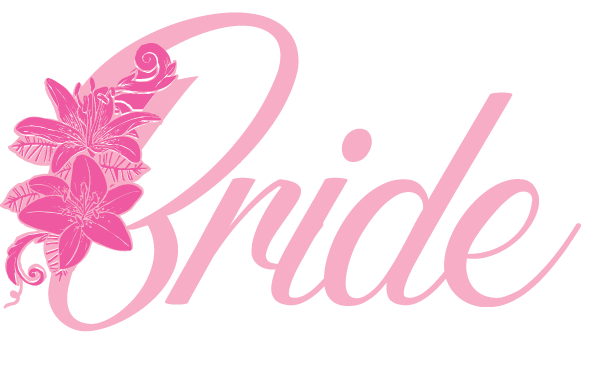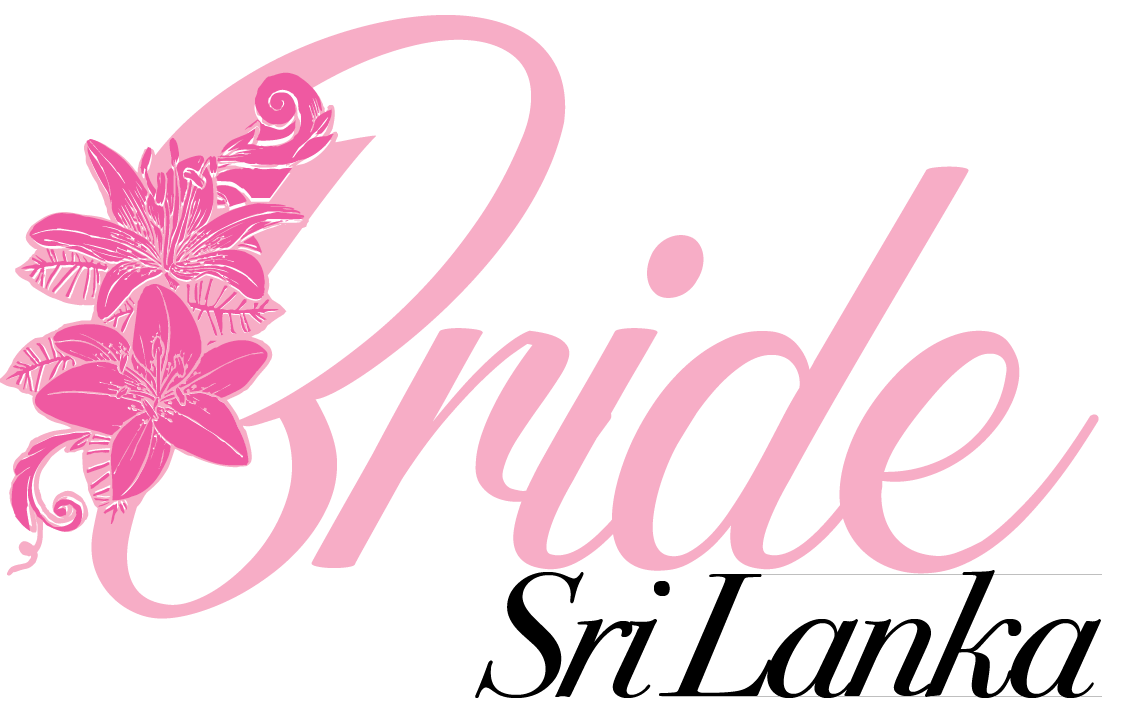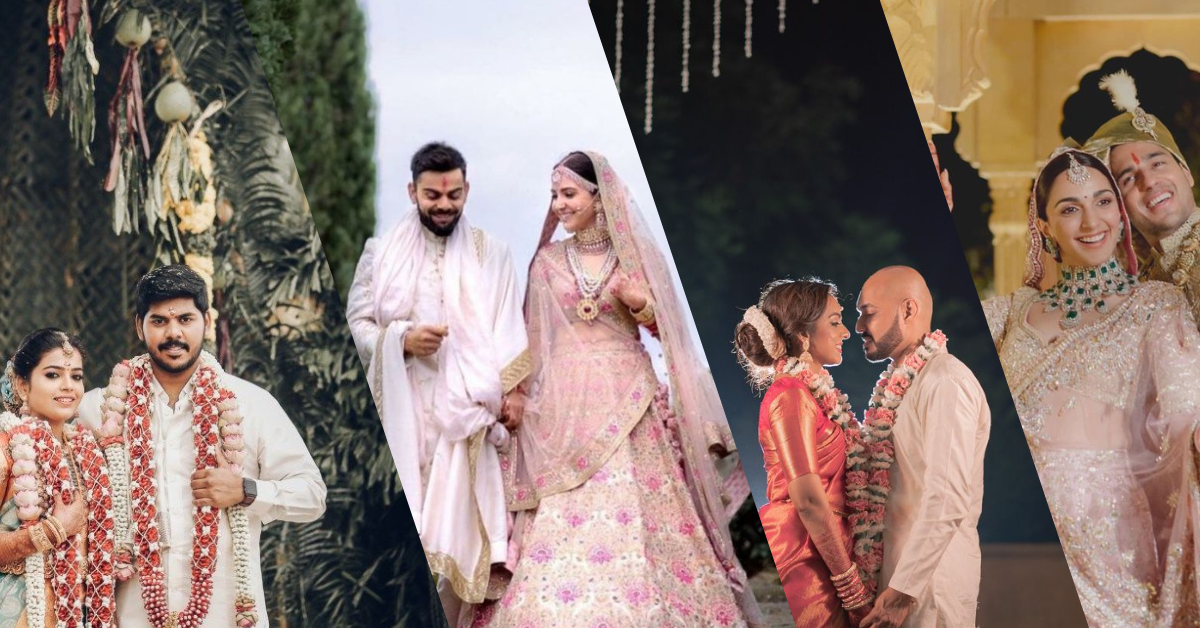Introduction
Weddings are deeply rooted in cultural traditions, and in India, these traditions vary widely across regions. The South Indian state of Tamil Nadu and the North Indian regions, often associated with Hindi-speaking communities, have distinct wedding rituals, attire, and cultural nuances. However, as cross-cultural marriages become more common, there is a growing trend to blend these diverse traditions into a single, harmonious celebration. Integrating elements of Hindi wedding dress and culture into a Tamil wedding can create a unique, vibrant, and culturally rich event that honors both traditions(Modern Weddings). This article explores how to seamlessly merge these two beautiful wedding cultures, ensuring a celebration that reflects the best of both worlds.
1. Bridal Attire: The Perfect Blend of North and South
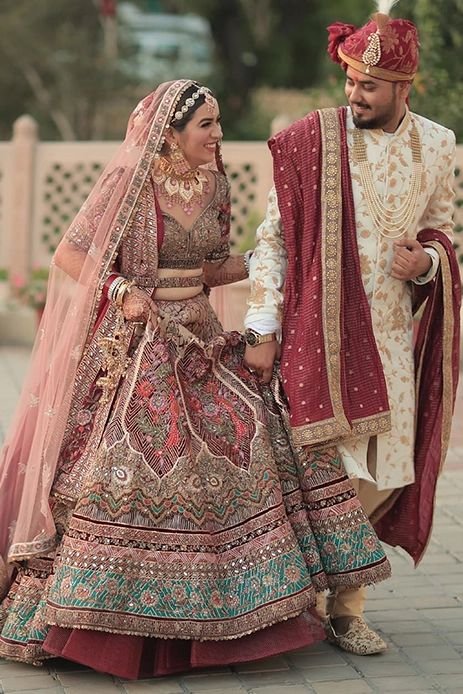
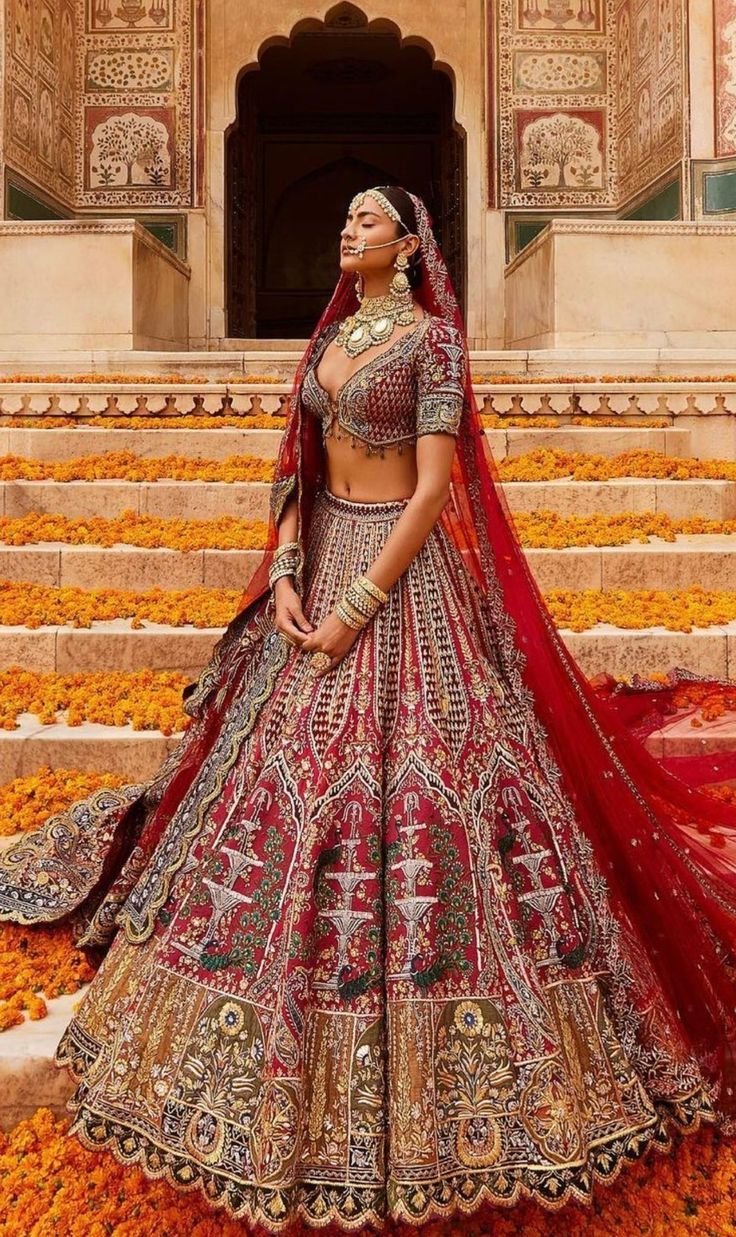
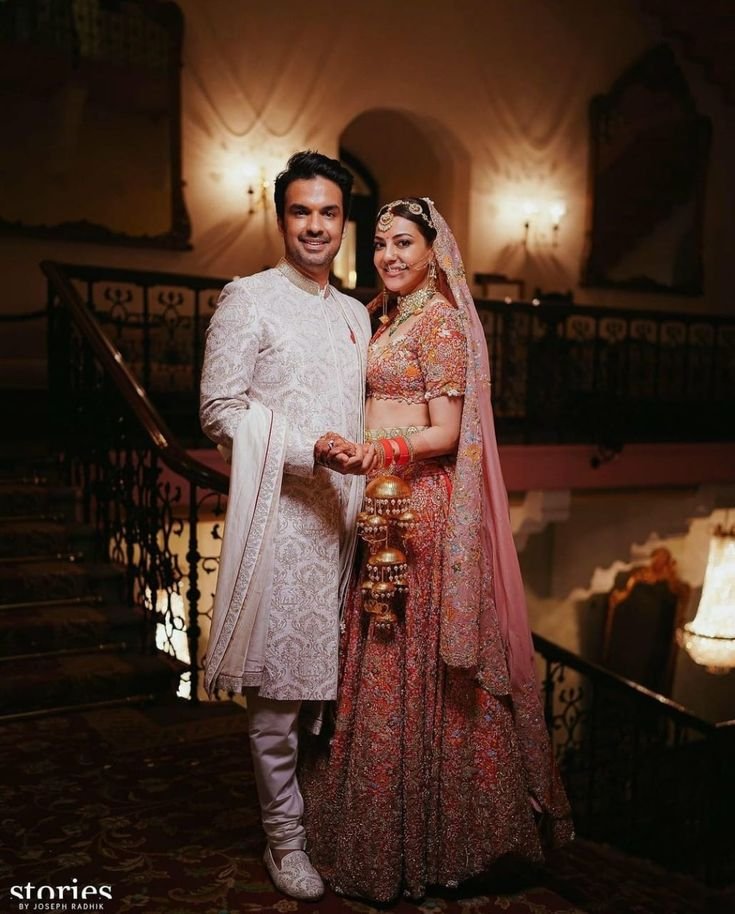
The bride’s attire is often the centerpiece of any wedding, and blending Hindi and Tamil wedding dress traditions can result in a stunning look that honors both cultures.
- Lehenga with Tamil Elements: One way to incorporate Hindi wedding dress culture into a Tamil wedding is through the bride’s attire. A lehenga, a staple in North Indian weddings, can be chosen in traditional Tamil colors such as deep maroon, gold, or green. The lehenga can be designed with Tamil motifs, such as temple jewelry patterns or traditional peacock designs, making it a true fusion of North and South Indian styles.
- Saree Draping with a Twist: Another option is to wear a traditional Tamil silk saree but drape it in a more modern or North Indian style. Alternatively, the bride could wear a lehenga with a dupatta draped in the Madisar style, which is traditional in Tamil Nadu. This combination allows the bride to embrace the elegance of both cultures.
- Jewelry Fusion: Tamil weddings are known for their elaborate temple jewelry, while North Indian weddings often feature intricate gold and kundan pieces. A bride can combine both by wearing a Tamil manga malai (mango necklace) with a North Indian maang tikka or passa (forehead ornament). This blend of jewelry styles can create a regal and culturally significant look.
2. Groom’s Attire: A Royal Fusion
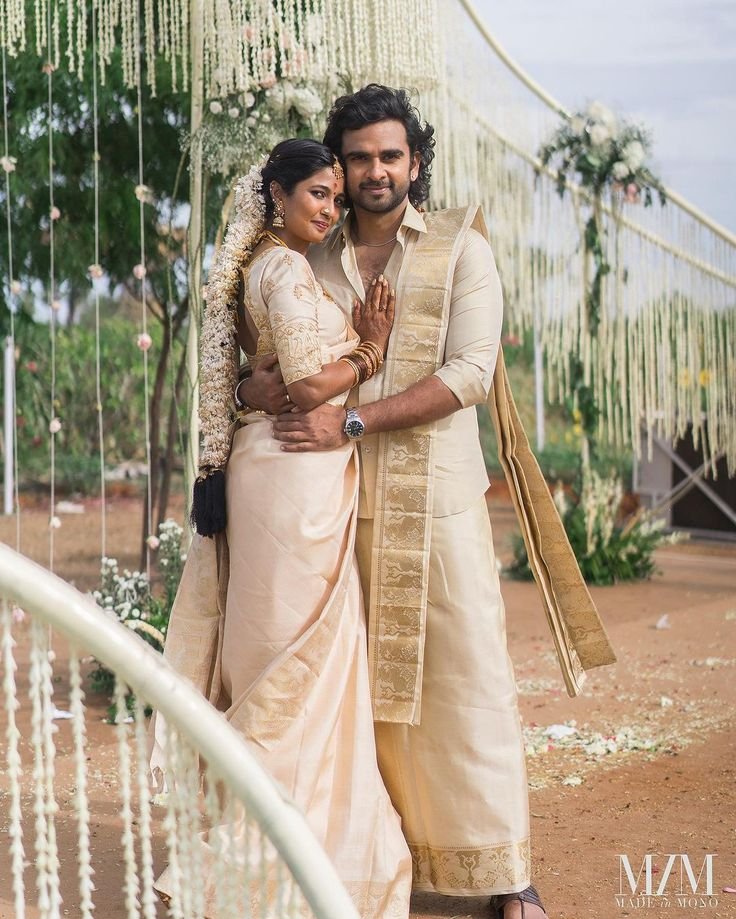
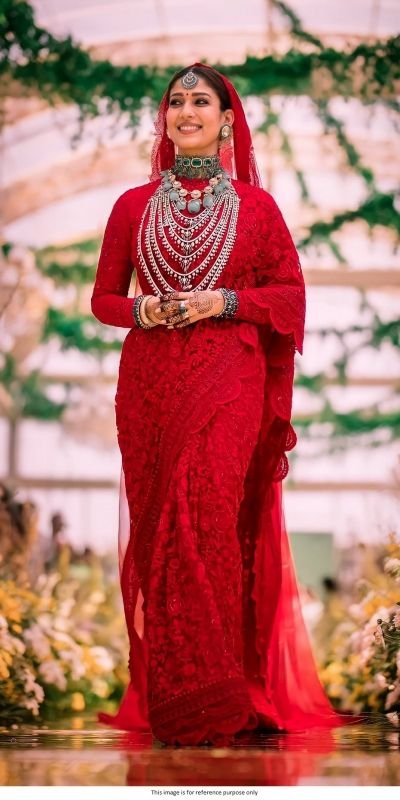
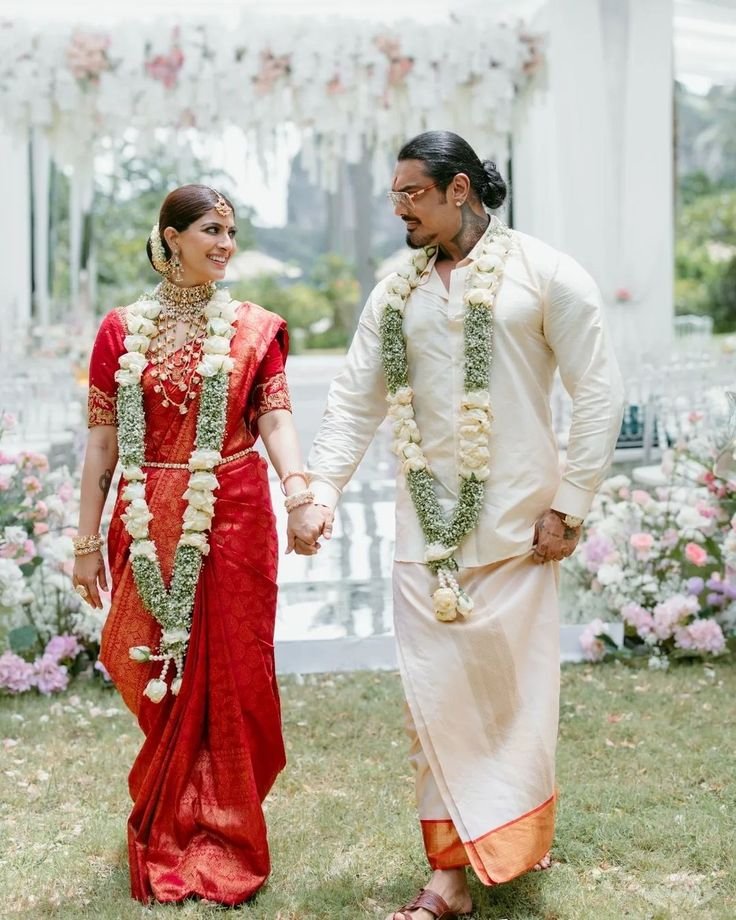
The groom’s attire also offers an opportunity to merge Hindi and Tamil wedding traditions.
- Sherwani with Veshti: The groom can wear a Sherwani, which is a traditional outfit for North Indian grooms, paired with a Tamil veshti (dhoti). This combination of North Indian embroidery and the simplicity of Tamil traditional wear creates a balanced look that honors both cultures.
- Color and Fabric Choices: Choosing the right colors and fabrics is crucial. Silk, a fabric revered in Tamil Nadu, can be used to tailor a Sherwani. Opt for rich, traditional colors like gold, maroon, or green, which are significant in both Tamil and Hindi cultures.
3. Wedding Rituals: Merging Sacred Traditions
Both Hindi and Tamil weddings have their own set of sacred rituals that are integral to the ceremony. Merging these rituals can make for a richer and more inclusive wedding.
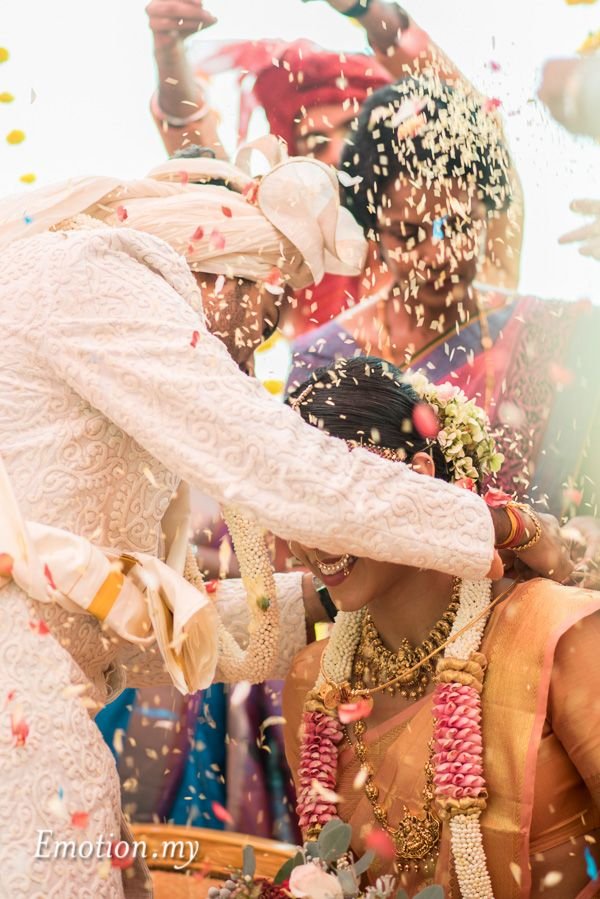
- Kanyadaan and Thali Ceremony: In a Hindi wedding, the Kanyadaan is a key ritual where the bride’s father gives her away to the groom. This can be seamlessly incorporated into a Tamil wedding, where the tying of the Thali (a sacred thread) by the groom is the main event. Performing both these rituals allows both families to witness and participate in familiar traditions.
- Sindoor and Mangalsutra: In addition to the Thali tying ceremony, you can include the Hindi tradition of applying Sindoor (vermilion powder) to the bride’s hair parting and presenting the Mangalsutra (a sacred necklace). These acts symbolize the bride’s marital status and are highly significant in Hindi culture. By including them, you honor the groom’s cultural background while keeping the Tamil traditions intact.
- Pheras and Saptapadi: The Saptapadi, or seven steps around the sacred fire, is a pivotal part of Hindi weddings, representing the vows the couple takes together. This ritual can be incorporated into a Tamil wedding after the main Tamil ceremonies. The Pheras can be performed in a manner that respects both traditions, possibly integrating Tamil mantras or involving elders from both sides.
4. Music and Dance: A Harmonious Blend


Music plays a vital role in Indian weddings, and blending the traditional sounds of Tamil and Hindi weddings can create an unforgettable atmosphere.
- Nadaswaram and Shehnai: The Nadaswaram, a traditional Tamil wind instrument, is often played during Tamil weddings. Pairing this with the Shehnai, which is common in North Indian weddings, can create a beautiful musical fusion. The blend of these two instruments can accompany key moments in the ceremony, symbolizing the union of the two cultures.
- Dance Performances: Incorporate both Tamil and Hindi dance forms into the wedding festivities. For instance, a Bharatanatyam performance, which is classical to Tamil Nadu, can be followed by a Bollywood-style dance performance, a staple in North Indian weddings. This not only entertains guests but also showcases the rich cultural diversity of the occasion.
5. Decorations: Aesthetic Integration – Modern Weddings

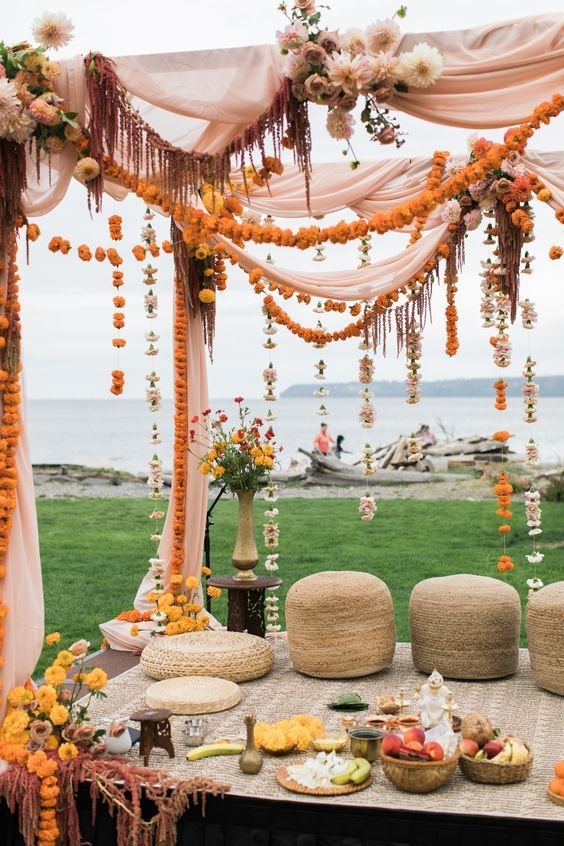
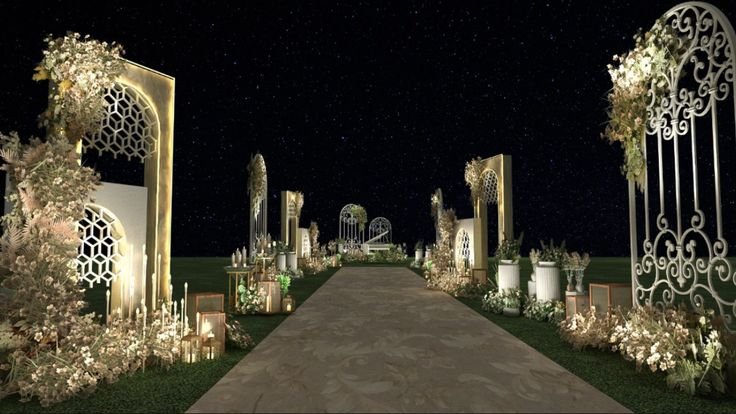
Wedding decorations are another area where the fusion of Hindi and Tamil cultures can shine.
- Floral Decorations: Marigolds, widely used in North Indian weddings, can be combined with jasmine flowers, which are traditional in Tamil Nadu. These flowers can be used to decorate the mandap, entrance, and even the wedding car, creating a fragrant and visually appealing environment.
- Mandap Design: The wedding mandap, where the ceremony takes place, can feature elements from both cultures. North Indian-style arches and drapery can be adorned with Tamil-style temple motifs and Kolam designs. The use of brass lamps, a significant element in Tamil weddings, alongside crystal chandeliers common in North Indian weddings, can create a visually stunning space.
6. Culinary Delights: A Fusion Feast
Food is a crucial part of any Indian wedding, and a fusion menu can be a delicious way to honor both cultures.
- Fusion Menu: Create a wedding feast that includes dishes from both Tamil and Hindi cuisines. For instance, you could serve Tamil dishes like Sambar, Rasam, and traditional South Indian sweets alongside North Indian favorites like Paneer Butter Masala, Naan, and Gulab Jamun. Offering a variety of dishes ensures that guests from both cultures feel at home and enjoy the culinary experience.
- Serving Styles: While Tamil weddings often involve serving food on banana leaves, Hindi weddings might use plated services. You can choose to serve the fusion menu in a style that reflects both traditions, perhaps starting with appetizers on plates followed by the main course on banana leaves.
Conclusion
Blending Hindi wedding dress and culture into a Tamil wedding is a beautiful way to celebrate the union of two different traditions. By thoughtfully integrating attire, rituals, music, decorations, and food, you can create a wedding that honors both the bride and groom’s cultural backgrounds. This fusion not only enriches the ceremony but also creates lasting memories for everyone involved. The key is to maintain respect for both traditions while finding creative ways to blend them into a harmonious and joyous celebration.
